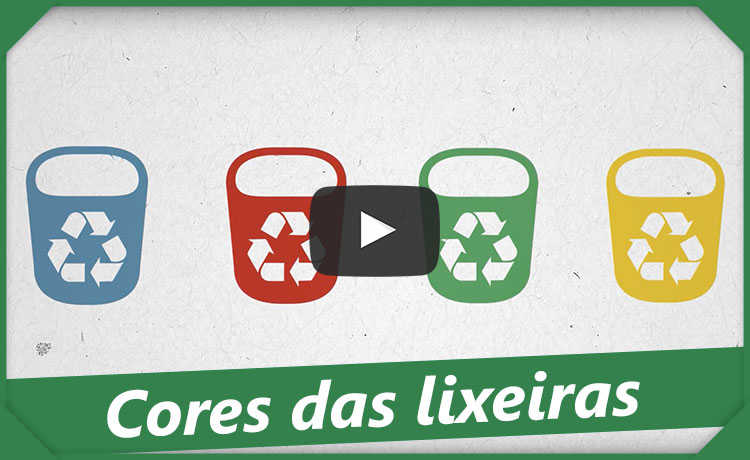Vitiligo: what is it, treatment and symptoms
Vitiligo has no cure, but it is not contagious and has treatment

"vitiligo" by leobenavente is licensed under CC BY 2.0
what is vitiligo
Vitiligo is a non-contagious skin disease whose main symptom is the appearance of white patches on the skin due to loss of pigmentation. It affects 1% to 2% of the world's population and there are estimates that three million Brazilians have the condition.
Many people wonder if vitiligo is curable. Unfortunately, not yet, but the disease does not pose a risk to the health of its patients or the people around them. Its greatest impact on the body is aesthetic and patients often encounter prejudice from society.
Vitiligo happens when cells called melanocytes stop producing melanin, which is responsible for coloring the skin and protecting it from sunlight. Hair and fur can also lose pigment.
There are two types of vitiligo:
- Segmental or unilateral: it develops rapidly and usually only in one part of the body. Widely found in younger patients;
- Non-segmental or bilateral: manifests on both sides of the body. Depigmentation happens in cycles of disease development and stagnation.
Vitiligo symptoms
In addition to the loss of skin pigmentation, other symptoms of vitiligo may involve:- Loss of pigmentation in hair, eyelashes, eyebrows or beard;
- Loss of color in the fabrics that line the inside of the mouth and nose;
- Loss or change in the color of the inner layer of the eyeball (retina);
- Discolored patches around the armpits, navel, genitals and rectum.
Causes
The causes of vitiligo are unknown. It is not considered a hereditary disease, as many patients with vitiligo do not have a family history of the disease. However, having family members with vitiligo can increase the risk of having the disease, although it does not cause it. There are theories regarding its origin, however it is considered by most experts as an autoimmune disease, as the body attacks its own cells. Changes and trauma are also associated with the onset or worsening of the disease.
Treatments
Although there is no cure, there are treatments to stop or lessen the spread of skin blemishes caused by vitiligo. It is important to emphasize that any type of treatment must be guided by a dermatologist. Check out some of the methods of treatment for vitiligo below:
bitch mama
There are claims that the mama-bitch, plant from the cerrado, is capable of curing vitiligo. The statement is erroneous, simply because there is not enough data to point out what causes vitiligo, so it is also not possible to affirm the existence of a cure. According to the National Health Surveillance Agency (Anvisa), breast-bitch capsules are indicated to assist in the treatment of vitiligo as a melanogenic. In addition to capsules, the plant is used as a treatment often in the form of lotion and tea, but there are no studies that prove its effectiveness.
Topical steroids
It is a type of medication that contains steroids. They can help stop the spread of white spots and can help restore the original color. They are prescribed for patients with non-segmental vitiligo in less than 10% of the body.
Like all medications, they have side effects, such as thinning of the skin, stretch marks, hair growth, skin inflammation and acne. See your doctor or doctor and know your options.
Phototherapy
There are two forms of phototherapy treatment: natural and scientific. In the first, the patient takes a synthetic photosensitizing medication and exposes himself to the sun. It should be done daily for a few weeks, depending on the extent of spread. In its scientific form, the PUVA method, the patient is exposed to controlled ultraviolet light from a laboratory after synthetic photosensitizing medication.
skin grafts
It is possible to perform a surgical procedure in which skin is removed from an unaffected area of the body to a damaged area. In the case of vitiligo, the graft is used to cover the white spot.
The technique is recommended for adults if new white spots have not appeared or worsened in 12 months and if the type of vitiligo was not caused by severe sunburn.
depigmentation
It is a recommended process for adults with vitiligo over 50% of their body. It consists of applying a lotion that will depigment the rest of the body so the person maintains a uniform skin color. The procedure is permanent and must be chosen with care. Its side effects are redness, itching, burning.
Precautions for those with Vitiligo
sun protection
Skin burns are a risk if you have vitiligo. Melanin is a pigment that helps the skin protect itself from sunlight. As vitiligo is the depigmentation of the skin through the absence of melanin, it ends up leaving the skin unprotected. Experts advise using a sunscreen with a protection factor of 30 or higher.
- What to spend on sunburn?
- Sunscreen: factor number does not guarantee protection
- Oxybenzone: toxic compound is present in sunscreen
D vitamin
Lack of sun exposure can also mean vitamin D deficiency, essential for bone health. To learn more, check out the article "Vitamin D: what it is for and benefits".
social stigma
Individuals with vitiligo face a lot of prejudice from society. A dermatologist and vitiligo researcher in Saudi Arabia, Dr. Khalid M. Alghamdi, has published two surveys on the psychological impacts on patients and another on perceptions of vitiligo in Arab society. The results of the studies showed the lack of information and prejudice in relation to vitiligo, in which respondents said they thought the disease was contagious, the result of an infection or lack of hygiene. In individuals with vitiligo, 44% believe that vitiligo significantly affected the way others see them and 54% and 57% reported feeling depression and anxiety, respectively, due to the disease. Publications suggest a relationship between the disease and its social stigma stemming from the general population's lack of information regarding depression and anxiety, as well as significant impacts on the individual's self-esteem and confidence.
India, which has several documented cases of colorism, is one of the countries where vitiligo is more widespread in the population. With this in mind, photographer Chiara Goia decided to document the history of people with vitiligo in the country. Your photos can be found on their website.









